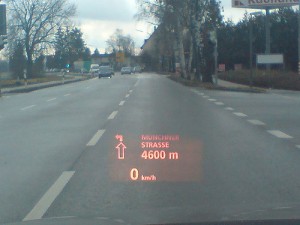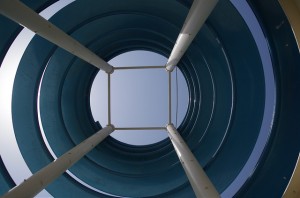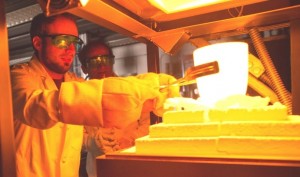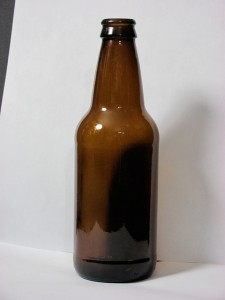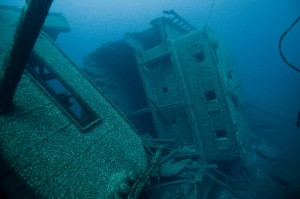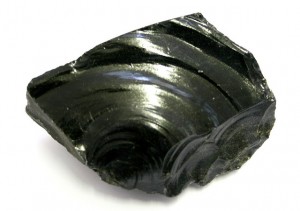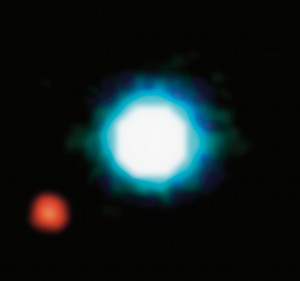Safelite Auto Glass Drops Manufacturing
Auto glass market on the verge of sea change
The decision to drop manufacturing doesn’t mean that Safelite is exiting the auto glass industry, but rather that the company will get its manufactured products from other suppliers. The company’s Enfield facility employs about 200 people and turns out about a million replacement windshields each year. Safelite will focus entirely on its windshield replacement service instead.
According to company officials, the decision to shutter the plant was based on the cost of the investments needed to maintain its position in the replacement windshield industry. Officials at Safelite said that the number of modifications required to meet both consumer demand and new automotive technologies, like Advanced Driver Assistance Systems, led to the plant’s demise.
Advanced Driver Assistance Systems come in a variety of forms, and may include imaging and image processing, computer vision, head-up displays, computer displays, LIDAR, radar and other display technologies. Each vehicle or manufacturer may have its own technologies, which may or may not integrate closely with the vehicle’s windshield. Additionally, auto manufacturers are introducing ADAS technologies at a rapid pace. Driver assistive technologies are currently among the fastest growing segments in automotive electronics.
According to the company, the days of plain glass windshields are numbered. The company’s manufacturing facility could not make the investments necessary to create the large variety of enhanced replacement automotive windshields. The Enfield facility was opened in 1970, but Safelite has made auto glass since 1947.
Other suppliers are expected to fill in the gaps left by Safelite, but it is unlikely that a single glass manufacturer will capture the majority of the ADAS windshield market. Safelite currently manufactures more than 1,000 distinct auto glass products at the plant.
Glassprimer™ glass paint is a specially engineered coating that bonds permanently to glass and other impervious surfaces. If you would like more information about Glassprimer™ glass paint, please see the rest of our site. If you’d like to purchase Glassprimer™ glass paint, please visit our online store .
Photo Credit: Jared Kelly, via Flickr.com

